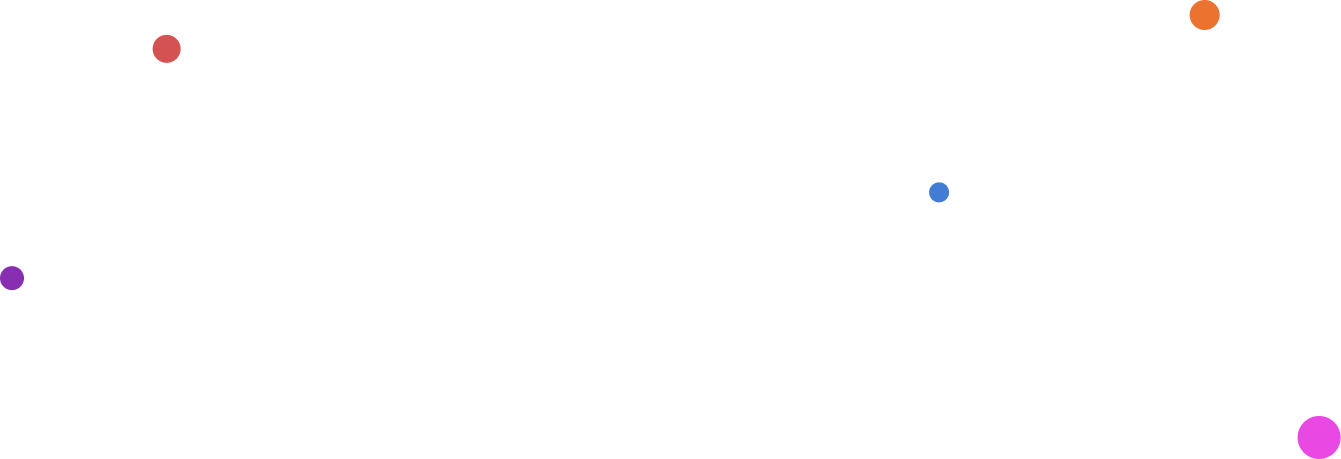754.354.6990 Veteran owned and operated.
754.354.6990 Veteran owned and operated.
Blog

What is search intent and how to leverage it to increase rankings
Google's ranking algorithms have evolved significantly in recent years. While in the past, it was possible to achieve high rankings for your content through strategic keyword placement and link building, that is no longer the case. While these are still important elements of any SEO strategy, Google now takes many other factors into account when deciding how to rank content on the results page.
One of these factors is search intent, which refers to the purpose behind a user's search. For example, a person searching for "plumbers in Los Angeles" likely has a local, transactional intent and is looking to hire a plumber in the Los Angeles area. On the other hand, a person searching for "what is the capital of the United States" has an informational intent and is looking for information about the capital of the United States. By understanding the different types of search intent and optimizing your content accordingly, you can improve your rankings and better meet the needs of your audience.
Once you truly understand how Google has been using the concept of search intent to improve its rankings and provide more accurate search results, it’s not that difficult to optimize your content so that it fulfills the intent with which your audience is using the search engine.
Understanding the different types of search intent
Google has divided search intent into four types. The brief explanation that follows should make it evident which type of search intent you should be optimizing your content for, depending on the nature of your business.

Informational Intent
If a person is seeking to find out information about any particular topic, Google's algorithm will deem it to have informational intent. It could be something simple like "houses for sale in fort lauderdale" or complex like "what is the theory of relativity."
Do bear in mind that not all queries that have informational intent will be posed as questions. For example, a person could search for "Einstein theory" or "Roger Federer age." Google will then show content that is best optimized to answer these queries on the results page.
Navigational Intent
The consideration behind navigational intent is that the user must be looking for a specific website. They're not searching for the unknown. They know precisely what website they want to visit, but just need a little help getting there.
A lot of people commonly just type out the name of a website they want to visit in Google as opposed to typing the entire URL themselves since it's just easier. Queries with navigational intent might include things like "Mercedes Benz US website," "Facebook login," "Instagram Web," etc.
Commercial Intent
A user is deemed to have commercial intent when they're looking for information about products that they want to purchase. They need a little help deciding what they should buy. This may include reading reviews and comparisons of similar products from different manufacturers.
For example, a customer who wants to buy a phone may search for "iPhone 14 vs Galaxy S22." Someone who's in the market for a new car might search for "BMW X3 review," etc.
Transactional Intent
A search with transactional intent represents customers who are further along in the sales funnel and are almost ready to make a purchase. They may have done the research and comparisons previously. Now, they want to go ahead and purchase the product.
The reason behind their transactional intent search may also be to find the best possible deal. A transactional intent search may include keywords such as "buy Apple Watch," "macbook pro discount," etc.
How to leverage search intent to improve rankings
A new approach to keyword research
Understanding your audience's search intent is generally quite obvious from the keywords they use in Google. If you sell leather jackets, the keyword "buy leather jackets" is definitely one you should be optimizing for. Keep that in mind when doing keyword research for content optimization.
SEO research tools, you can take your pick from the many that are available, are worth investing into. They can provide detailed information about keywords and the volume of searches across different regions and even languages. Many of the top SEO tools also indicate the search intent alongside keyword suggestions, thus making it much easier for you to sort out the relevant keywords.
Create content based on search intent
It should have become evident by now that the search intent of your audience should make it clear how your content needs to be structured. If your audience primarily has informational intent, create detailed blog posts that sufficiently answer their queries.
A product page works if your visitors have transactional intent. The structure of the content and the layout of the page should make it easier for visitors to find what it is they’re looking for. This would signal to the algorithm that your content is relevant.
Capitalize on your competitors’ weaknesses
It’s possible that despite not being able to entirely fulfill the search intent, your competitors’ might be ranking higher than you due to low competition on any given keyword. If Google's algorithms aren't able to understand if that content truly meets the search intent, chances are that the ranking will see a lot of fluctuation.
It shows that Google isn't confident in that content's ability and thus this presents an opportunity for content that can check all of the boxes for that query. Utilize any of the widely used SEO research tools to find out such opportunities and create content that’s evidently better that what your competitor is ranking with, while taking particular care of satisfying the intent.
Search intent goes hand in hand with other SEO elements

Other SEO factors still remain important. Fulfilling search intent alone isn't going to magically give top 5 rankings to all of your content. The various other ranking factors that Google weighs are still important, but search intent is an important part of that mix.
Ensure frequency of content, avoid repetition, and unnecessary keyword stuffing. By relying on SEO best practices with further optimization achieved through search intent, you give your content a much better chance of cutting through the clutter and reaching the top of the rankings.


We provide marketing systems for businesses that allow you to grow your customer lists, keep in maximum contact with your customers, and provide opportunities to stay in front of your customers. Thereby fulfilling their needs of services and yours for more business.

Company
(754) 354-6990
PO Box 842, Lake Worth, FL 33460
PO Box 842, Lake Worth, FL 33460
Affiliates: Earn 30% Commission Monthly for Every Referral!
* Refer a client to us, and we'll pay you 30% of their monthly fee for as long as they remain active. It's a simple way to boost your income while helping others grow their businesses with our services. There's no limit—refer as many as you like and enjoy ongoing rewards every month!
Copyright © 2025 Ignited Sparks | Powered by Ignited Sparks
We improve our products and advertising by using Microsoft Clarity to see how you use our website. By using our site, you agree that we and Microsoft can collect and use this data. Our Privacy Policy has more details.





